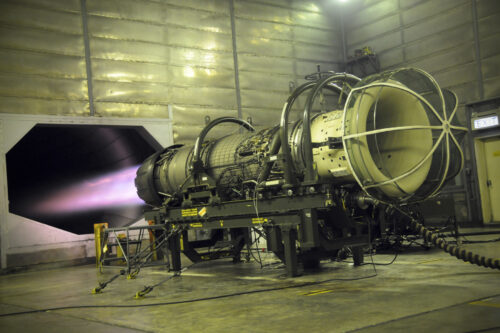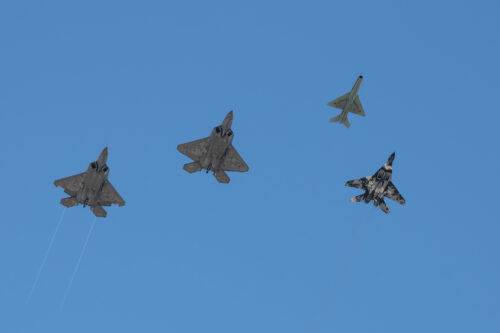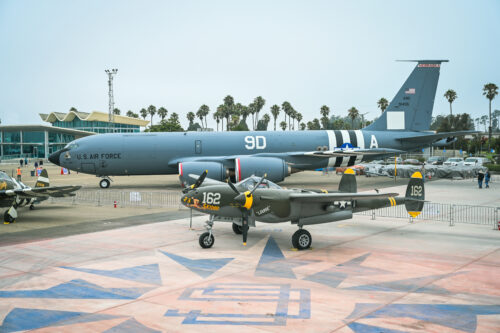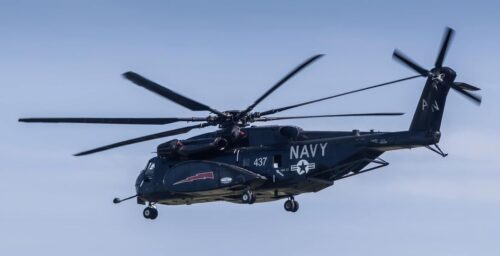GE Aerospace’s F110 engine is celebrating 40 years of continuous production, a remarkable achievement for a powerplant born from what some call the “Great Engine War” of the 1980s. This war saw GE challenge Pratt & Whitney’s dominance in supplying engines for the US Air Force’s F-15 and F-16 fighter jets. The F110 ultimately emerged as a champion, powering these aircraft for the US military and 16 other nations.

Continue reading “The GE F110: A Forty-Year Legacy of Power and Innovation”



